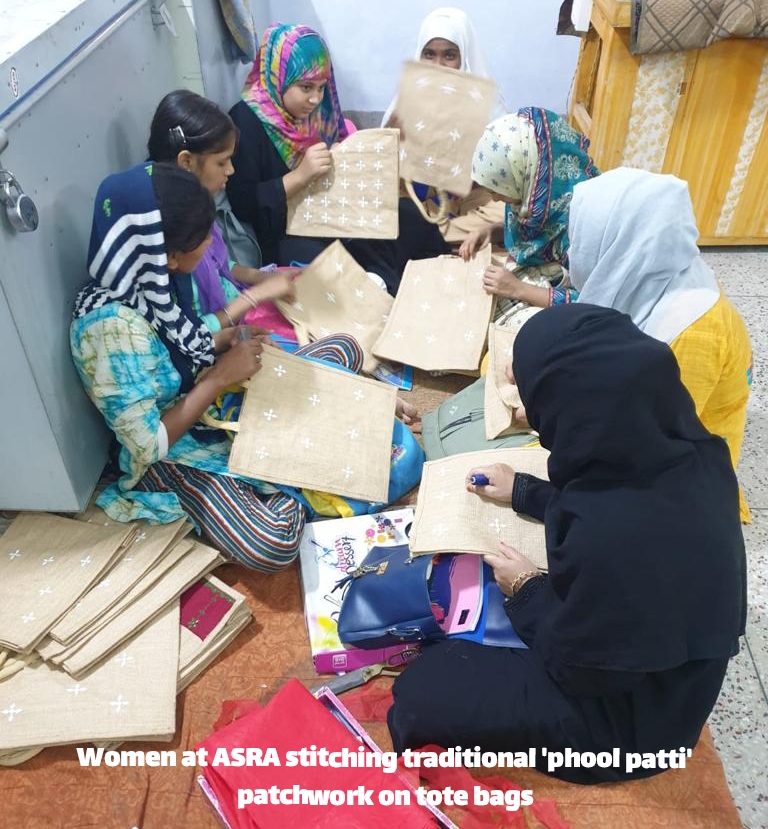10th anniversary celebration of Manish Malhotra’s collaboration with the Mijwan Welfare Society which empowers women of Mijwan village by teaching them a special handcrafted embroidery called Chikankari.
It was the top trending moment on the internet when Ranveer Singh and Deepika Padukone walked down the ramp for the latest Manish Malhotra show. Ranveer wore white chikankari on a black ethnic suit while Deepika wore a heavily embroidered white lehenga with a trailing dupatta. Bollywood dressed up and showed up in full strength, many of the top names sashaying on the ramp. But not many realise that this was not a regular show on the fashion calendar. This was the 10th anniversary celebration of Manish Malhotra’s collaboration with the Mijwan Welfare Society which empowers the women of Mijwan village by teaching them a special handcrafted embroidery called ‘Chikankari’. This style of embroidery is believed to be introduced by Nur Jehan, the Mughal Emperor Jahangir’s wife. It has a signature style of stitches and knots in floral patterns.

The chairperson of this society, film legend Shabana Azmi says, “Mijwan artisans create exquisite handcrafted chikankari that has been taken to the doorstep of the film and fashion industry by Manish Malhotra. We have empowered women to earn their livelihood and become active participants within the family structure. When they come for the fashion show they experience the applause along with the models and filmstars who wear them. It is a life transforming experience.”
While part of this may sound like an old formula, if you see the big picture, it continues to remain a very important aspect to provide sustenance to struggling women in small towns and villages of Uttar Pradesh. I was recently witness to the work that is done by ASRA (Aligarh Self Reliance Alliance) for women. This once again functions on the twin purpose of keeping heritage handicrafts in demand while providing a means of earning for women. ASRA specialises in the ‘Phool-Patti ka kaam’ (flower and leaf patchwork) in textiles. This delicate form of appliqué work originated in Aligarh and dates back to the Mughal period once again. When ASRA started out in 2019, the main aim was to rescue women from bonded labour and domestic labour.
“With 20 days of bonded labour by the middle men and no access to the market, these women couldn’t sell their work independently. Today, under ASRA, our women are given a seed grant to create their own work and directly sell them to boutiques. This way, we are not just training newer hands but have also managed to eliminate touts from the market”, says Dr. Faiza Abbasi, Founder, ASRA.
The more recent kid on the block is the Vanvasi Project India which is helping the villagers of Saidanpur. ‘Zardozi’ (gold thread embroidery), ‘Arhi’ and ‘Malmal’ used to be their traditional textile work but continuous exploitation by touts drove away one whole generation looking for labour work outside. Their handlooms were left abandoned
While this is literally starting from scratch, the next step will be to provide them with market connectivity to GenZ. Who knows, there could be a Saidanpur Unlimited brand in the near future. Reviving the past to sustain the present for creating a better future is what the cycle of culture is all about.

